June 27, 2015 at Maxville, Ont.
Judge: Pat Conroy, Angola, Ind.
129 Head
Grand Champion
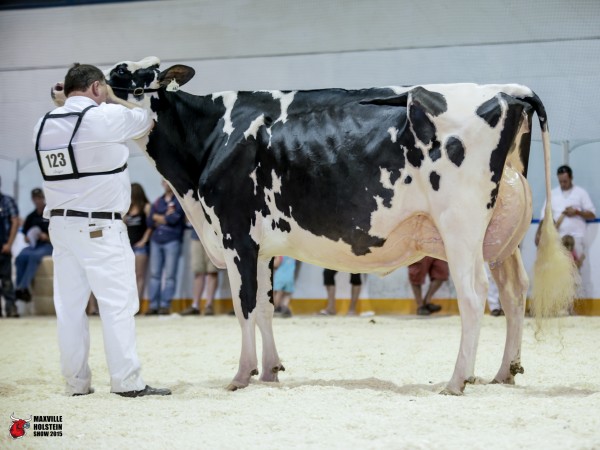
Cavanaleck Dempsey Bozica
Senior 3-Year-Old
Sire: Lirr Drew Dempsey
Yvon Sicard & Pierre Boulet
Saint-Justin, Que., & Montmagny, Que.
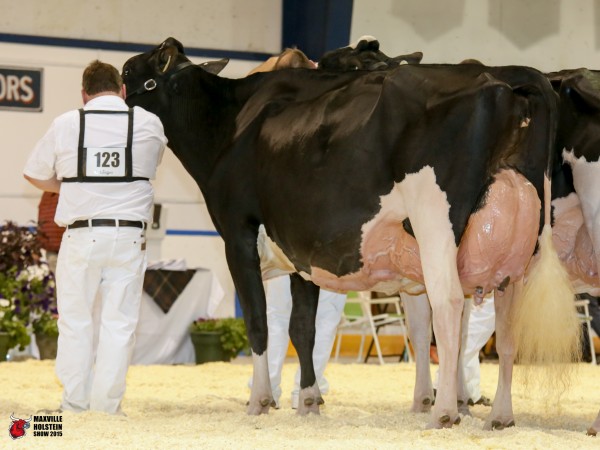
Reserve Grand Champion
Cobequid Goldwyn Leno
Mature Cow
Sire: Braedale Goldwyn
Yvon Sicard, Pierre Boulet, Ghyslain Demers & Butz-Hill Holsteins
Saint-Justin, Que., Montmagny, Que., Trois-Rivieres, Que., & Cedar Rapids, Iowa
Intermediate Champion
Cavanaleck Dempsey Bozica
Senior 3-Year-Old
Sire: Lirr Drew Dempsey
Yvon Sicard & Pierre Boulet
Saint-Justin, Que., & Montmagny, Que.
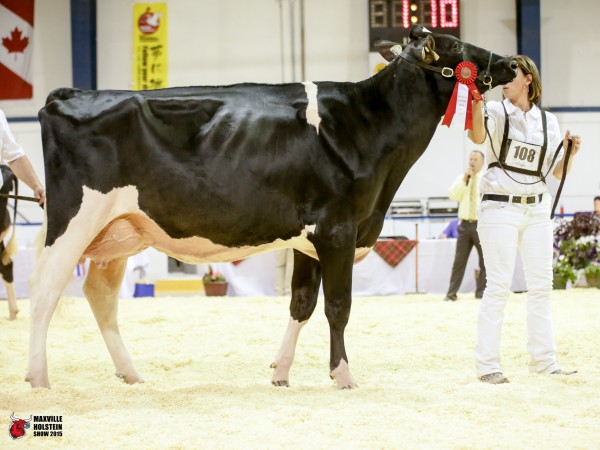
Reserve Intermediate Champion
Blondin Goldwyn Sunsation
Junior 2-Year-Old
Sire: Braedale Goldwyn
Ferme Blondin
Saint-Placide, Que.
Junior Champion
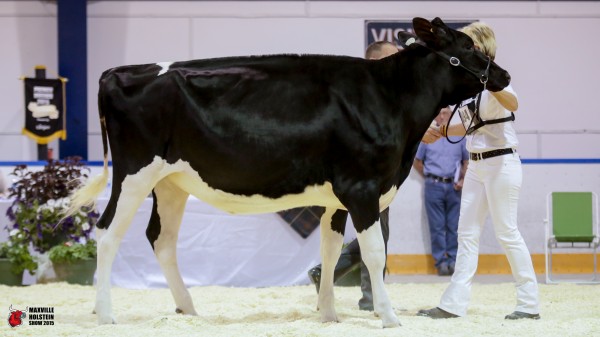
Belfast Doorman Lovestruck
Intermediate Yearling Heifer
Sire: Val-Bisson Doorman
Vogue Cattle Co., Cormdale Genetics Inc., Silvercap Holsteins & Blackrock Livestock Co.
Brighton, Ont., Bethany, Ont., Puslinch, Ont., & Wrightstown, Wis.
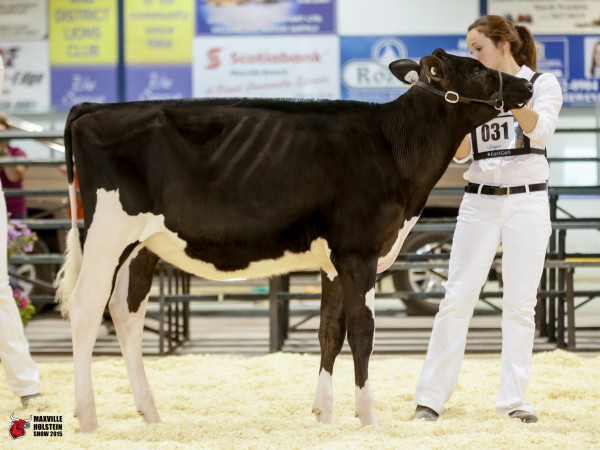
Reserve Junior Champion
Bonnie Brae Ape Africa
Intermediate Heifer Calf
Sire: Kingsway Gold Ape
Bruce & Susan Mode
Vankleek Hill, Ont.
Premier Breeder
Ferme Blondin
Saint-Placide, Que.
Premier Exhibitor
Ferme Blondin
Saint-Placide, Que.
Post Show Interview With Judge
Jr. Calf
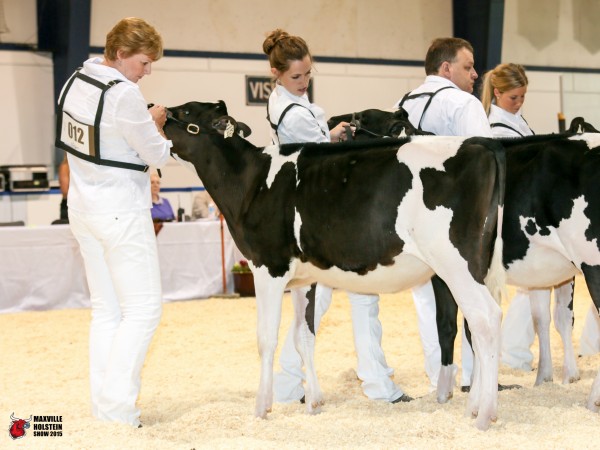
Riverdown Atwood Jiggalea
1st Place Junior Calf
1st Riverdown Atwood Jiggalea – Riverdown Holsteins
2nd Kirklea Doorman Remarkable – Robert & Bethany MacDonald and Rob Heffernan
3rd Harvestacre Golddust Frozen – Andrew McOuat
4th Winwright Sid Lulu – Lookout and Frank and Diane Borba
5th Phoenix Sildajak Specialsugar – Barclay Phoenix & Sildajak
Intermediate Calf

Bonnie Brae Ape Africa
1st Place Intermediate Calf
1st Bonnie Brae Ape Africa – Bruce & Susan Mode
2nd Miss Ducket WBK Breeze – Velthuis Farms Ltd
3nd Bonnie Brae Ape Alaska – Bruce & Susan Mode
4th Cherry Crest Dartmouth – Cherry Crest Holsteins
5th Blondin Atwood Jade – Pinehaven Farm
Sr. Calf
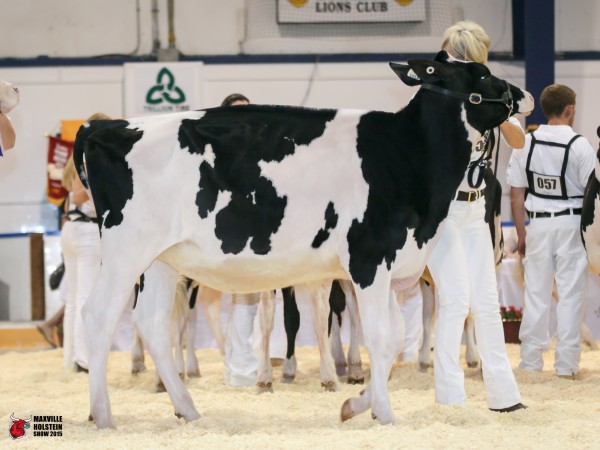
Cerpolait Doorman Roselyne
1st place Senior Calf
1st Cerpolait Doorman Roselyne – Velthuis Farms Ltd
2nd Riverdown Doorman Lottery Lynn – Riverdown Holsteins
3rd Embrdale Exquisite Lauthority – Embrdale Farm
4th St Jacob Brazzle Hermione – Bruce & Susan Mode and Ian Dingwall
5th Kingsway Goldwyn Roscoe – George Morasci
Summer Yearling
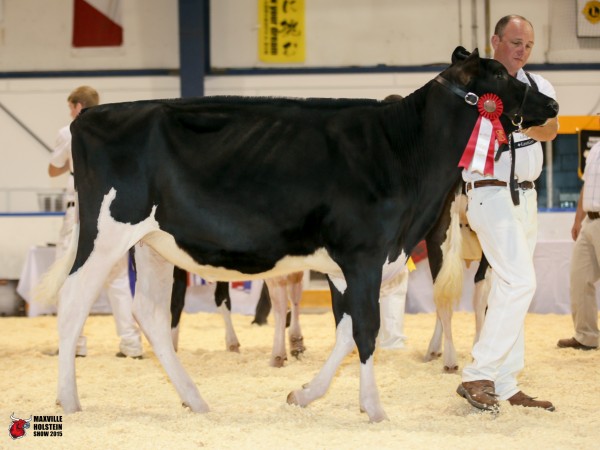
Barrvalley Reginald Misty
1st place summer yearling
1st Barrvalley Reginald Misty – Barrvalley Holsteins
2nd Harvestacre Dendion 18k Gold – Andrew McOuat & Ferme Desdion
3rd Eastside Goldwyn Elegance – Knonaudale Farms Inc
4th Delcreek Misbehaving – Peter Rylaarsdam
5th Dannaville Explode Anneabelle – North Star Holsteins
Junior Yearling
1st Barrvalley Brady Twinkie – Barrvalley Holsteins
2nd Petticlerc Atwood Alexine – Riverdown Holsteins & Fricosons Holsteins
3rd Seavalley Atwood Yantzy’s Pride – Signature,T Edwards, E Farlinger & C Halpenny
4th Idee Goldchip Lucky – Mikeal Leclerc, Jordan Blais and Kevin Moffat
5th Signature Gold Katwin – Glennholme, Signature, Edwards and Farlinger
Champion 4-H Holstein Calf
Bonnie Brae Ape Africa – Arriana France
Reserve
Embrdale Exquisite Lauthority – Brett Stockdale
Honourable Mention
Signature Gold Katwin – Emma Farlinger
Intermediate Yearling
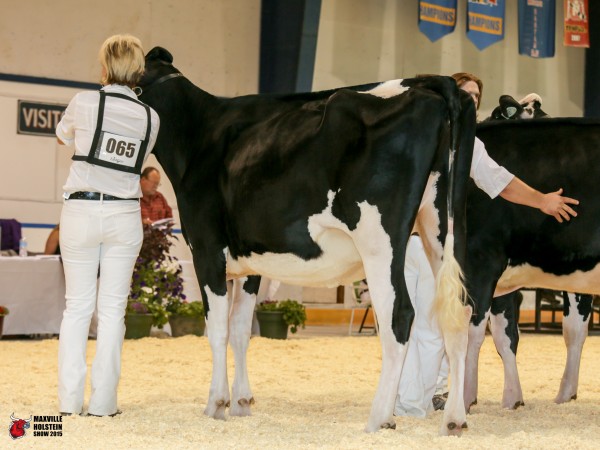
Belfast Doorman Lovestruck
1st place intermediate yearling
1st Belfast Doorman Lovestruck – Vogue, Cormdale, Silvercap & Blackrock
2nd Fairmont Doorman Laurisa – Moffet, Vent D’or, Leclerc, Coulombe, Houdon
3rd Harvestacre Be My Doorman – Andrew McOuat
Sr. Yearling
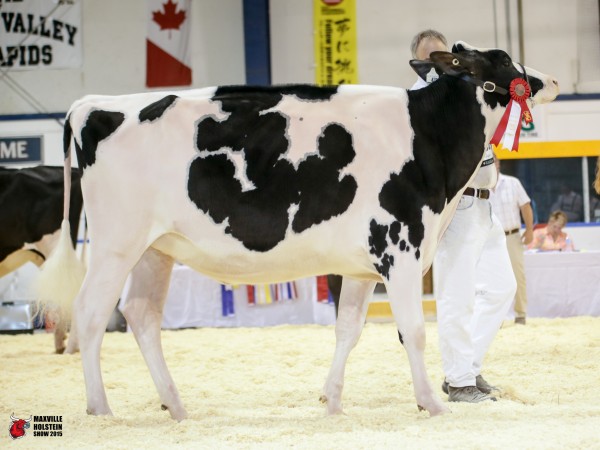
Yorellea Winbrook Manhattan
1st place senior yearling
1st Yorella Windbrook Manhattan – Yorella Farms
2nd Rotaly Windbrook Ombré – Rock Hebert & Nathalie Dumas
3rd Robrook Winbrook Beauty – Mary Inn Holsteins & Ferme Gillette
4th Redlodge Saloon Avenue – Redlodge Farms
5th Ludwigshafen SG- I Jasper Ellie – Remi Leroux and Ferme Maher
Jr. Breeders Herd
1st Bruce and Susan Mode
2nd Riverdown
3rd Barrvalley
4th Redlodge
5th Signature
Jr. Breeder – Andrew McOuat
Reserve Breeder – Bruce and Susan Mode
Jr Exhibitor – Bruce and Susan Mode
Reserve Exhibitor– Barrvalley
Jr. 2 year old

Blondin Goldwyn Sensation
1st place Junior 2 Year old
1st Blondin Goldwyn Sunsation – Ferme Blondin
2nd Roggua Goldwyb Andy ETM – Signature Holsteins
3rd Walkerbrae Doorman Locket – Ferme Blondin
4th Garay Sid Black Beauty- Enright, Jaquemet & Fletcher
Sr. 2
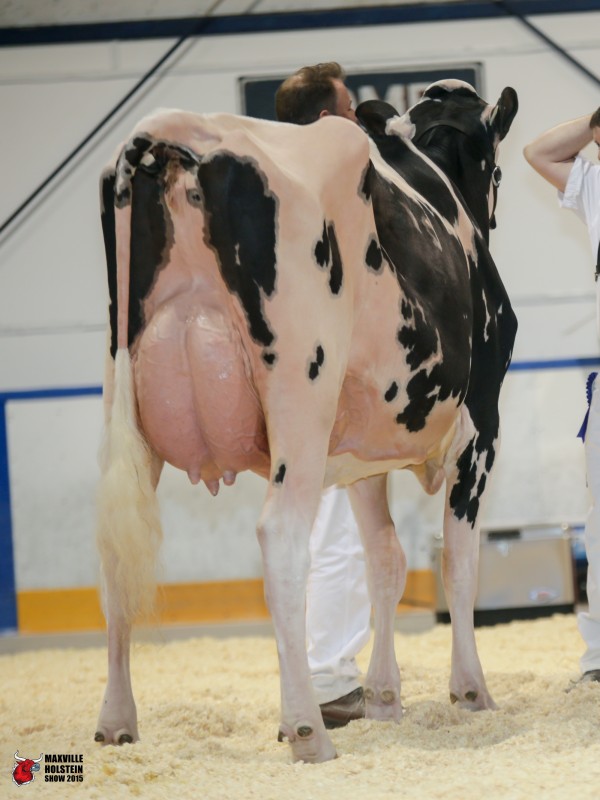
Mabel Fever Divinare
1st place Senior 2 year old
1st Mabel Fever Divinare – Blondin, Sicard, R.Villeneuve
2nd Blondin Goldwyn Svetlana – Blondin
3rd Willswick Sid Bombshell – Kingsway
4th- MS Licorice GC Lovely – Sicard, Boulet, Crasdale, Blondin & Fortale
5th & BU Vinbert Bradnick Lexus – Ferme Vinbert
Jr 3
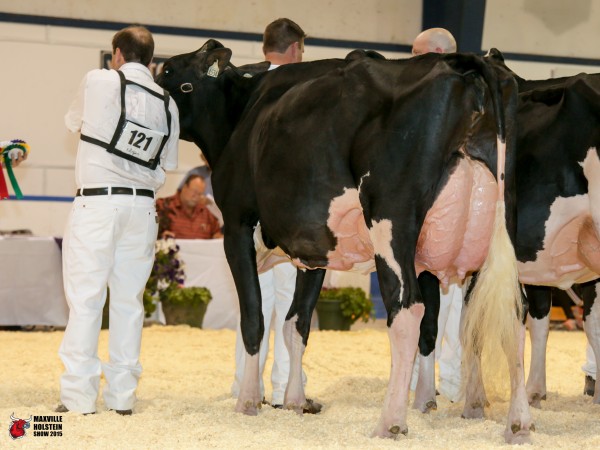
Outaouais Sid Hailey
1st place Junior 3 year old
1st & BU Outaouais Sid Hailey – Blondin
2nd Breamont GE Beulla – Enright
3rd Signature Golds Reward – Signature
4th Samido Gold Chip Debra – P. Boulet
Sr.3 year old
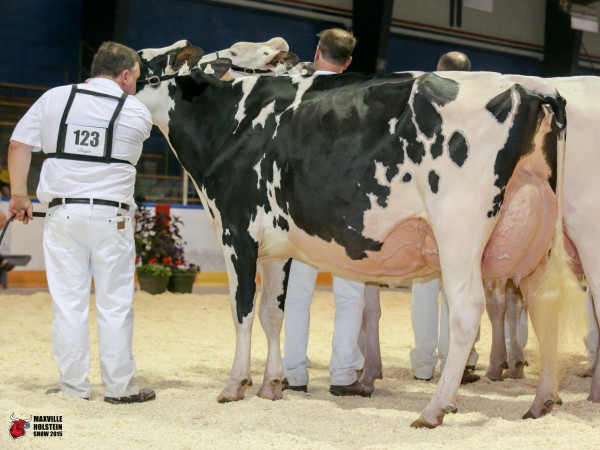
Cavanaleck Dempsey Bozica
1st place Senior 3 year old
1st & BU Cavanaleck Dempsey Bozica – Sicard & Boulet
2nd Blondin Braxton Kansas – Blondin
3rd Gendarra Sanchez Taskar – Gendarra Farm
4th Murryholm Windbrook Lely – Lookout, Murryholm & G. Halbach
5th Signature F Latte – Signature
4 year old
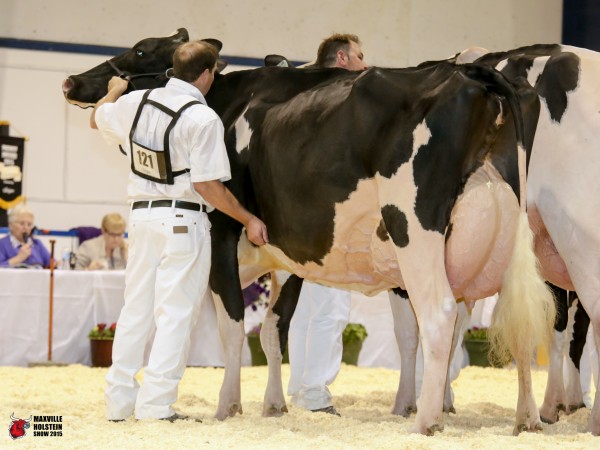
Mystique Goldwyn Moreale
1st place 4 year old
1st & BU Mystique Goldwyn Boreale – Blondin
2nd Blondin Goldwyn Kally -Blondin
3rd Signature Gold Kenya – Glennholme, Signature, T. Edwards
4th Blondin Supreme Ruby – Blondin
5th Gendarra Circuit Twinkle – Gendarra
5 year old
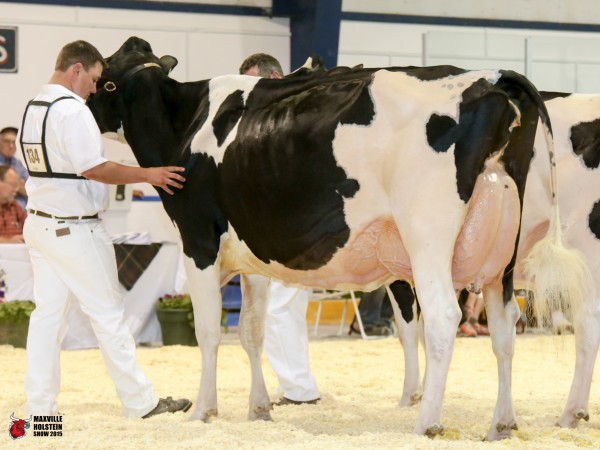
Glengarry Atwood Anne
1st place 5 year old
1st & BU Glengarry Atwood Anne – Enright
2nd Lindenright Atwood Bounce – Enright & Velthuis
Mature

Cobequid Goldwyn Leno
1st place Mature Cow
1st & BU Cobequid Goldwyn Leno – SIcard, Boulet, Demers & Butz-Hill
2nd Willowholme Goldwyn Jessica – Blondin
3rd Aija Goldwyn Greta – Enright & Jaquemet
Senior Breeder’s Herd
1st Ferme Blondin
2nd Signature Holsteins



















































































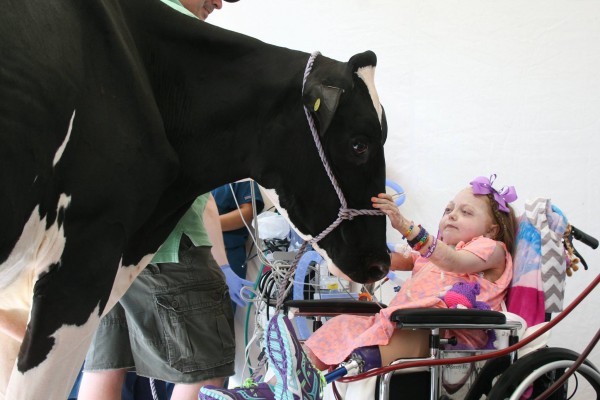



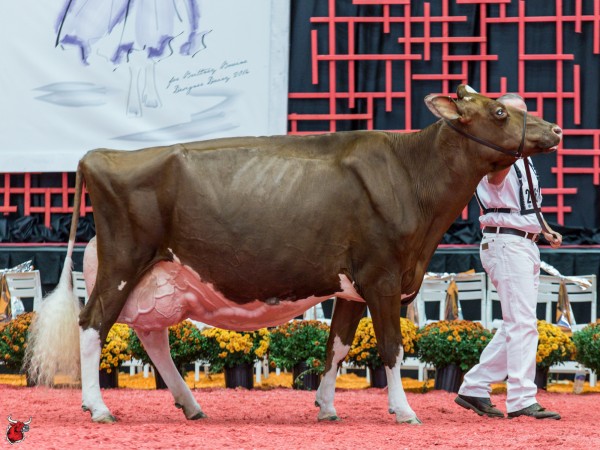
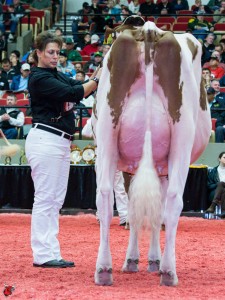 Train your animal
Train your animal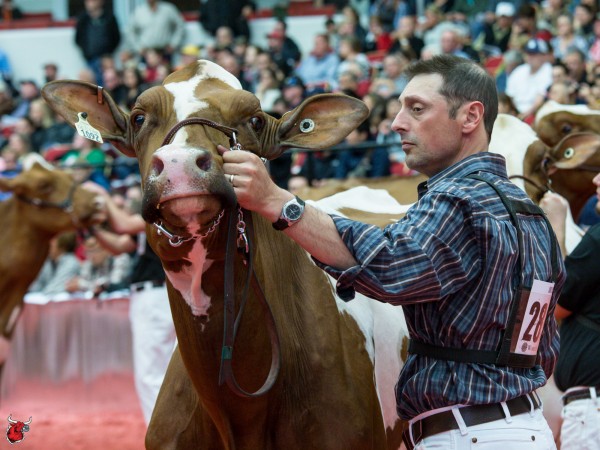
![screen-shot-2015-06-06-at-7-08-51-pm[1]](https://www.thebullvine.com/wp-content/uploads/2015/06/screen-shot-2015-06-06-at-7-08-51-pm1-300x300.jpg) Sometimes it happens by a nose. Sometimes it’s right out of the starting gate. It was believed to not be possible any longer since so many horses in this final and longest leg of the Triple Crown, don’t race in the first two races, saving themselves for the longer track and, thus, making it very hard for those horses trying to accomplish the taxing triple feat. Last year California Chrome came into the Belmont Stakes with a chance at immortality to ultimately fail (Read more:
Sometimes it happens by a nose. Sometimes it’s right out of the starting gate. It was believed to not be possible any longer since so many horses in this final and longest leg of the Triple Crown, don’t race in the first two races, saving themselves for the longer track and, thus, making it very hard for those horses trying to accomplish the taxing triple feat. Last year California Chrome came into the Belmont Stakes with a chance at immortality to ultimately fail (Read more: ![ny2dsspp[1]](https://www.thebullvine.com/wp-content/uploads/2015/06/ny2dsspp1.jpg)
![american-pharoah-bob-baffert-ab8804342ee79687[1]](https://www.thebullvine.com/wp-content/uploads/2015/06/american-pharoah-bob-baffert-ab8804342ee796871-300x245.jpg) Hall of Fame trainer Bob Baffert observed that Pioneerof the Nile also raced with “a big, long stride” and had “that same springing motion as American Pharoah, whose acceleration is pretty remarkable.” To Baffert, American Pharoah’s bloodline is a source of fascination: “Every time I work him, I go back and look at the pedigree, and I go, ‘What is going on here?’”
Hall of Fame trainer Bob Baffert observed that Pioneerof the Nile also raced with “a big, long stride” and had “that same springing motion as American Pharoah, whose acceleration is pretty remarkable.” To Baffert, American Pharoah’s bloodline is a source of fascination: “Every time I work him, I go back and look at the pedigree, and I go, ‘What is going on here?’”![american-pharoah-wins-the-triple-crown-1106777-TwoByOne[1]](https://www.thebullvine.com/wp-content/uploads/2015/06/american-pharoah-wins-the-triple-crown-1106777-TwoByOne1-600x300.jpg)
![Disbudding%20with%20Caustic%20Paste[1]](https://www.thebullvine.com/wp-content/uploads/2015/06/Disbudding-with-Caustic-Paste1-300x171.jpg) Cats De-Clawed. Cows De-Horned. Children restrained.
Cats De-Clawed. Cows De-Horned. Children restrained.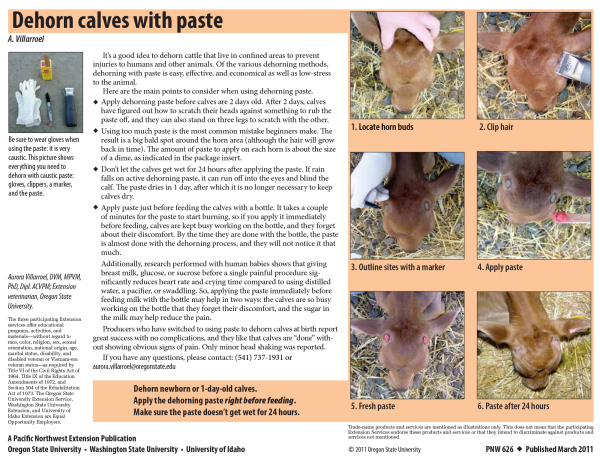
![lucky_20679[2]](https://www.thebullvine.com/wp-content/uploads/2015/06/lucky_206792-210x300.jpg) In the 1920’s and 30’s cigarette companies not only denied the health risks of smoking, they actually promoted them as a good thing, by putting up testimonials and stats about doctors who smoked. During the 1920s, Lucky Strike was the dominant cigarette brand. This brand, made by American Tobacco Company, was the first to use the image of a physician in its advertisements. “20,679 physicians say Luckies are less irritating,” its ads proclaimed. Of course many years later we are well aware of the health risks (480,000 people die prematurely each year in the US, due to smoking or being exposed to smoke). It’s flashbacks to this false advertising experience that dairy breeders are referencing when they distrust the use of genomics in dairy cattle breeding. They feel that it’s just the AI companies “forcing” genomics down their throats, in the same way that the tobacco companies “forced” smoking down the throats of millions, by using the weight of doctors’ credibility.
In the 1920’s and 30’s cigarette companies not only denied the health risks of smoking, they actually promoted them as a good thing, by putting up testimonials and stats about doctors who smoked. During the 1920s, Lucky Strike was the dominant cigarette brand. This brand, made by American Tobacco Company, was the first to use the image of a physician in its advertisements. “20,679 physicians say Luckies are less irritating,” its ads proclaimed. Of course many years later we are well aware of the health risks (480,000 people die prematurely each year in the US, due to smoking or being exposed to smoke). It’s flashbacks to this false advertising experience that dairy breeders are referencing when they distrust the use of genomics in dairy cattle breeding. They feel that it’s just the AI companies “forcing” genomics down their throats, in the same way that the tobacco companies “forced” smoking down the throats of millions, by using the weight of doctors’ credibility.![camels_doctors_whiteshirt[1]](https://www.thebullvine.com/wp-content/uploads/2015/06/camels_doctors_whiteshirt1-234x300.jpg) For a long time, physicians were the authority on health. Patients trusted their doctor’s education and expertise and, for the most part, followed their advice. When health concerns about cigarettes began to receive public attention in the 1930s, tobacco companies took preemptive action. They capitalised on people’s trust of physicians, to quell concerns about the dangers of smoking. Thus was born the use of doctors in cigarette advertisements. Executives at tobacco companies knew they had to take action to suppress the public’s fears about tobacco products.
For a long time, physicians were the authority on health. Patients trusted their doctor’s education and expertise and, for the most part, followed their advice. When health concerns about cigarettes began to receive public attention in the 1930s, tobacco companies took preemptive action. They capitalised on people’s trust of physicians, to quell concerns about the dangers of smoking. Thus was born the use of doctors in cigarette advertisements. Executives at tobacco companies knew they had to take action to suppress the public’s fears about tobacco products.![MW-AK965_cigare_20110621090115_MG[1]](https://www.thebullvine.com/wp-content/uploads/2015/06/MW-AK965_cigare_20110621090115_MG1.jpg)





